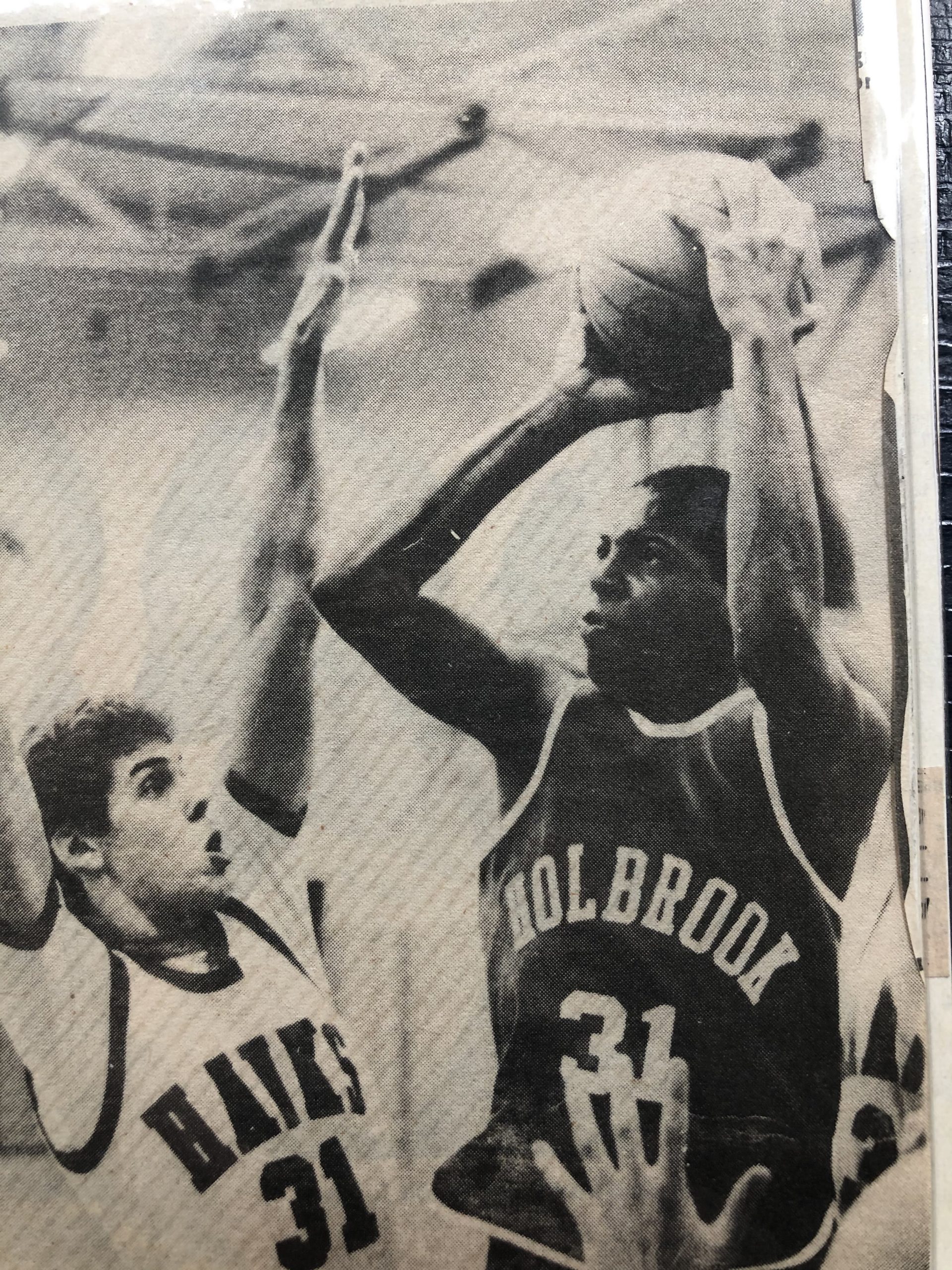Treating folks, like you, who move for a living and love to move

Blogs

Author: Richard Symister
Shame in the Batter’s BoxShame in the Batter’s Box: My personal story of racism & sports performance anxiety
In a recent podcast with Dr. Maha Nasrallah-Babenko, www.sexualhealingdoc.com, I had the unique opportunity to discuss the relationship between the aversion to exercise and sex. The keyword that kept coming up? Shame!
Let me put this into context as far as physical fitness and performance.

I define physical fitness as the capacity to perform work without injury.
Hopefully you’ll see how this definition can apply to just about anyone — the runner, dancer, drummer, Crossfitter, construction worker — anyone who moves and breathes.
I can now break physical fitness down to it’s bare bone, the essential components which I call the 4 C’s of Physical Fitness: Blog “Defining Fitness and the 4 C’s” and Defining Fitness Podcast Itunes Part 1 Itunes Part 2 & Spotify Part 1 Spotify Part 2
- Competency (of movement)
- Confidence (with movement)
- Capacity (to do more movement)
- Comprehension (of movement and physical fitness)

To reach one’s full fitness potential, one must progress and “master” each of the 4 C’s. However, some children have developmental milestone (e.g. roll, crawl, sit up, balance on knees) delays or may lack the basic motor control, balance, stability needed to perform fundamental movements (e.g. squat, lunge, climb, run, kick, swing) without loss of form, technique or incurring injury.
What happens when a child “lags” behind his peers in play or sport — kicking a ball or swinging a bat or catching? The child will then stop performing the task because of embarrassment, peer judgement, maybe ridicule and eventually shame. The child loses confidence and stops practicing the movement, developing less competency and an aversion to the activity.
I would like to demonstrate my point from my personal experience. Listen to my story on our MovEVoluton Heal, Move & Evolve podcast.

When I was about 6 years old, my parents moved my sister and I to a predominately white, suburban neighborhood in Holbrook, Massachusetts. I was actually the only black player on my baseball team. You can imagine, during the seventies, the amounts of disdain, disrespect and dismissal I faced during practices and games. I remember being perpetually in that fight flight or freeze mode, never knowing from where the derogatory remarks or bullying would come. Teammates? Coaches? (I still remember Mike O’Neil vigorously wiping the nipple of the water bottle we all shared after I drank from it!) Needless to say, this was not the best environment for me to increase my movement competency. Shame!
A child’s home environment is equally, if not more important to a child’s fundamental movement development, since a child usually spends more time at home then in practice. It’s important that the parent(s) push their child to play, run, bike, climb and swing, challenging strength and balance with more complex movements. My parents, however, were from Jamaica. My father was not familiar with too many American sports, or at least did not engage in them back in his home. He was definitely a fish in the water, climbed mountains like a goat and, I found out later inlife, loved to bite. (This is probably why I have such an affinity for hiking, cycling and being near bodies of water.) Don’t get me wrong. I was still out there running, wrestling, shooting hoops and biking. But learning those particular skills crucial to the game of baseball came very slow to me. Shame!
As my turn approached for me to enter the batter’s box, I grew nervous. Stepping into the box, I’d get nauseous. And stepping up the plate, having a hundred or more eyes upon me, I’d freeze, my limbs useless. Talk about confidence? I was completely confident that I was either going to strike out or ground out. Shame!
The arousal/performance curve is a graph, showing the relationship between the amount of stress or arousal and performance. Too little arousal and our performance lags. Too much arousal (as I felt at bat) also negatively impacts performance.
As a physical therapist, strength and conditioning coach and educator, I pay close attention to my clients movement “psychology”, without, of course, stepping outside my clinical boundaries. I am aware that poor movement performance may not always be attributed to deficits in stability, motor control or strength, but shame.
If this is truly the case, I have a few tactics that can drastically help with a client’s movement aversion and confidence:
-
- Scaffolding: Create short-term goals for clients which are both measurable and highly achievable. I’m not saying I make these goals super easy. However, if I initially prescribe exercises that are overly complex, trigger emotional distress or cause too much or too little arousal, I may overload the client and see limited or no progression with movement competency.
- Environment: Make sure the client’s environment is conducive to learning without the pressures of judgment, ridicule or failure. An open park may work for some while a private studio may work for another. This may be as simple as asking your client about their preference and comfort level
- Acknowledgment: Pat your client on the back! Make sure they recognize each milestone they achieve and learn to appreciate them as building blocks to the ultimate goals — increasing movement competency and confidence.
- Refer out. I cannot solve all of my client’s problems and I’m not the specialist in every field. I make it a point to have good mental counselors and sports psychologists on my list of 5-star clinicians. We go to the dentist for our teeth, the ENT for an ear infection. There’s nothing wrong (and we should drop the negative stigma) of seeing a mental health practitioner to clear the cobwebs and chaos in our brain.

Be sure to ask a lot of questions about your clients sports history. Dig deeper into why they either never achieved or lost competency and confidence with basic, fundamental movements. The deeper the conversation, the better chances you will have achieving a positive outcome with your client.
I never excelled at baseball. Fortunately for me, I was and am always into some sort of activity. With some, I am mediocre; others I demonstrated increased skill. But whatever I do, I make sure I am mentally prepared, confident that I will improve and gentle on myself if I don’t get the movement right away.


